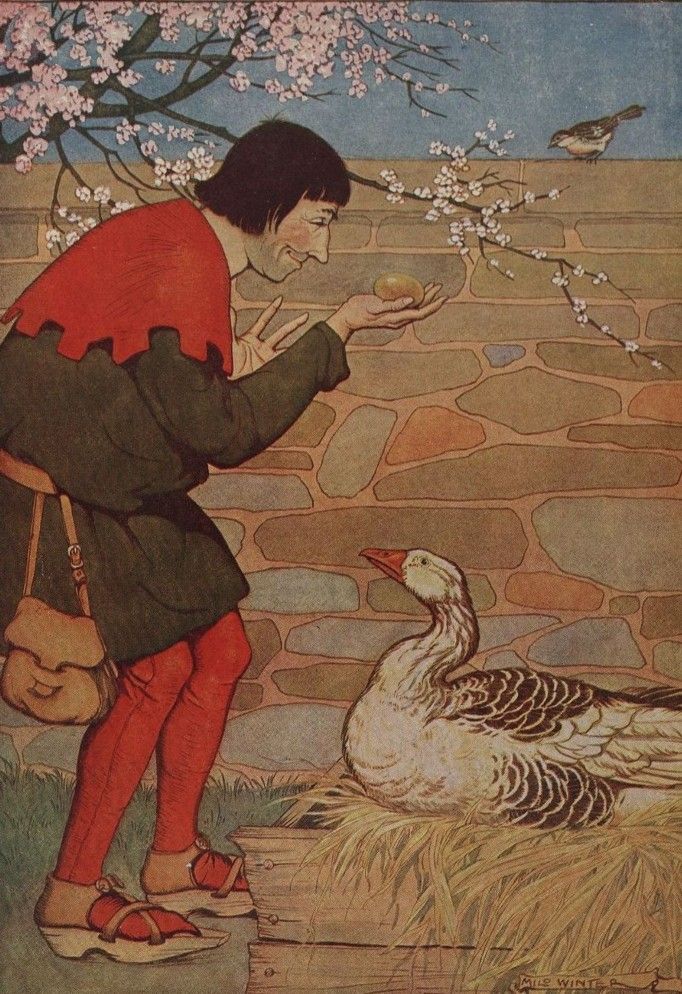Golden Goose Awards Honor Strange Science

Politicians have their pick of strange-sounding studies when they want to call for cuts to science spending.
A duck genitalia researcher was forced to defend her work earlier this year. Before that, there was the infamous case of the "shrimp on a treadmill" study.
To combat wide-eyed allegations about useless government-supported research, a group in Washington, D.C., on Thursday (Sept. 19) gave out the Golden Goose Awards to seven researchers whose federally funded studies, though they may sound obscure, have led to practical breakthroughs.
"It's easy to mock researchers, but we couldn't live without their brilliant breakthroughs," Rep. Jim Cooper (D-Tenn.), the creator of the award, said in a statement. "Today's awardees gave unexpected gifts to mankind. Fiscal discipline is important, but without science we'll never see the next discovery." [The 10 Weirdest Animal Discoveries]
Lloyd Shapley, Alvin Roth and David Gale (who is being honored posthumously) were bestowed a Golden Goose Award for their work on theoretical mathematical algorithms — which at first, were aimed at finding a formula for compatible marriages.
The Gale-Shapley algorithm, developed in the 1960s, tackled the so-called stable marriage problem. It showed how to match equal numbers of men and women with a spouse so that no two people of the opposite sex would prefer each other over their partner. But the formula also could be used to ensure stable matches in real markets, which Roth helped to show.
Their collective research, though decades apart, has led to mathematical models used around the country to help place graduating medical students in their hospital residencies, match kidney donors with compatible patients and put students in the right schools in urban districts. Shapley and Roth were awarded Nobel Prizes in Economic Sciences in 2012, but Gale, who died in 2008, was not eligible for the prestigious award.
Sign up for the Live Science daily newsletter now
Get the world’s most fascinating discoveries delivered straight to your inbox.
John Eng, a medical researcher and practicing physician, also received a Golden Goose Award for studying the poisonous venom produced by the Gila monster, a sluggish lizard found in the Southwest, with funding from the Department of Veterans Affairs. Eng's work led to a drug called exenatide, which is used by millions of diabetics to prevent complications like blindness, kidney failure and nerve damage.
"Medicine from monsters and venom may sound like a science-fiction novel, but it's a real-life breakthrough," Rep. Cooper said in a statement. "Dr. Eng's research shows that we can't abandon science funding only because we don't know where it might lead. Just ask millions of diabetics whose lives have been improved by his discovery."
Another set of Golden Goose Awards went to Thomas Brock and Hudson Freeze, who discovered a heat-resistant bacteria at Yellowstone National Park, using money from the National Science Foundation. Strangely enough, their findings led to the discovery of the polymerase chain reaction, which can amplify DNA and has enabled genetic sequencing and genetic fingerprinting.
The Golden Goose Awards, now in their second year, were given out by a bipartisan group of Members of Congress in a ceremony on Capitol Hill. The award's name is a reference to the Aesop fable "The Goose That Laid the Golden Eggs," and is also a play on the "Golden Fleece Award," given out by the late Sen. William Proxmire (D-Wis.), on research he considered wasteful spending.
Follow LiveScience @livescience, Facebook & Google+. Original article on LiveScience.











